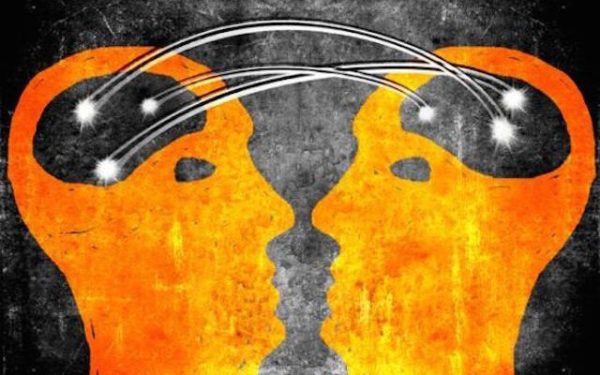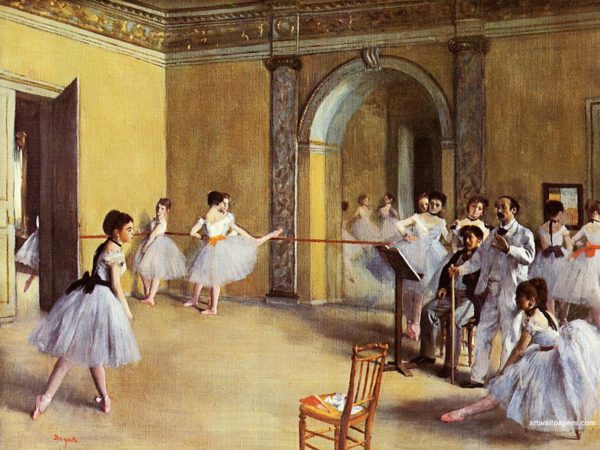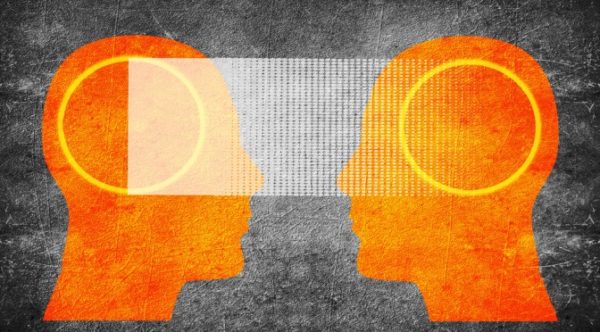Dream telepathy isn’t a “new age” concept. Scientific interest in telepathy dates back to the fathers of the psychoanalytic movement.
Freud, for example, looked at the implications of telepathy on psychoanalytic thought. He also considered dream telepathy, or the telepathic influence of thought on dreaming, on multiple occasions.
Carl Jung believed in the telepathic hypothesis without question, and even developed a theoretical system to explain “paranormal” events of this nature.
Nikola Tesla, Albert Einstein and many other geniuses all agreed that telepathy is not just plausible, but actually exists, that our minds are connected in a mysterious way. Even modern science started peaking into quantum entanglement, a phenomenon that proves everything is connected on a quantum level.
How does it work?

Just like our telephones, radios and televisions work. There is a sender and a receiver.
Our brains can be senders and also receivers of information.
That’s exactly how scientists made one of the most interesting experiments ever created.
Montague Ullman, MD, conducted a number of experiments at Maimonides Medical Center in Brooklyn, New York which lasted a span of more than 10 years, and “yielded statistically significant results.”
During the experiments, there was usually a “telepathic sender” and a “telepathic receiver.” They met in the laboratory for a short period of time before being placed in completely separate rooms just before going to sleep.
The telepathic sender had an envelope waiting for them in the room in which they’d sleep. It would contain something like a picture or a drawing. The receivers were then purposely awakened shortly after Rapid Eye Movement sleep (REM) began so the researchers could take a dream report.

One very memorable and significant session of dream telepathy experimentation took place where the selected art print was “School of Dance” by Edgar Degas, which depicts a several young women in a dance class.
According to Krippner, the receivers’ dream reports included such phrases as “I was in a class made up of maybe half a dozen people, it felt like a school,” and “There was one little girl that was trying to dance with me.”
These results are fascinating, and the idea that one can influence another’s dream opens up a lot of doors.
Although we might not understand the process behind the transfer of information, and we can’t see this transfer take place from mind to mind, we have proof of it occurring.
This is quite common when we examine scientific studies that have evaluated parapsychological phenomena – we know what is happening, but not how.
However, quantum physics has just shed light on the vast interconnectedness of everything in the universe. One possible explanation is quantum entanglement.
For example, consider two electrons that are created together. If you send one to the other side of the universe, the other will respond instantly, regardless of their distance from each other. This is one way of interpreting how everything is really connected in some way. Einstein called it “spooky actions at a distance.”
So how can you do Dream Telepathy?

There is a saying: “Thoughts are electric and Emotions are magnetic”
By this logic, and the logic from everything we addressed above, to send an information telepathically first you have to prime your mind, or magnetize to resonate with the receiver’s.
This, like in the experiments, can be done by getting to know your “receiver” and connecting with them emotionally. (spend time with them, talk, share, touch, look in each other’s eyes…)
After you know your receiver, you should prime your mind by choosing a thought you want to send and focusing on the person you want to send the thought to.
When you are ready and primed you just imagine the thought traveling and arriving to your receiver’s mind.
That’s it.
This may sound like a big bag of poo poo but scientists spent money and time doing exactly that. And as it turned out, in most of the cases this worked.
It works especially when people are sleeping because of the fact that people have less control of what they think at that instance.
It’s really strange, and I don’t blame you if you take this whole article with reserve. However, don’t neglect the facts, studies and results that came out from countless experiments.
Here is a list of sources I used where you can find more information on this subject:
- http://psycnet.apa.org/psycinfo/1986-13291-001;
- http://archpsyc.jamanetwork.com/article.aspx?articleid=489052;
- http://stanleykrippner.weebly.com/a-pilot-study-in-dream-telepathy-with-the-grateful-dead.html;
- http://www.neuroquantology.com/index.php/journal/article/view/385;
- http://connection.ebscohost.com/c/articles/59574068/dreams-telepathy-various-states-consciousness;
- Original Source: http://www.collective-evolution.com;






